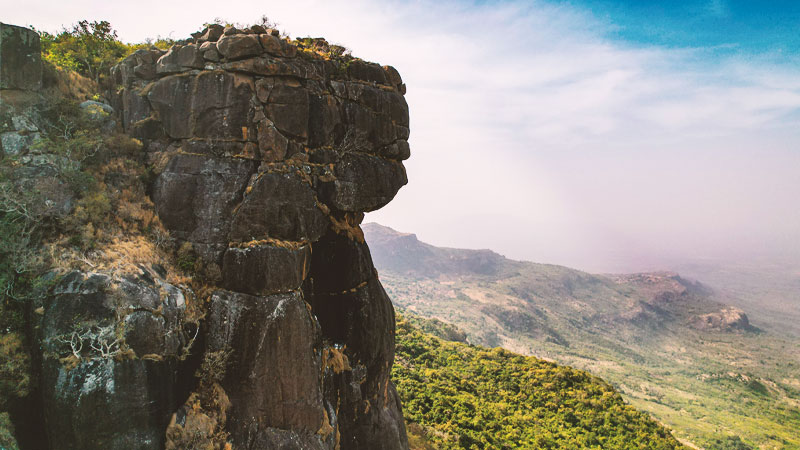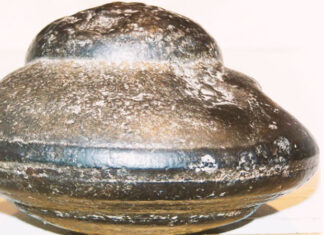Mount Loura is located in West Africa, in the Republic of Guinea, close to the borders of Mali and Senegal, and is the highest mountain in the region at 1,573 meters high.
Its most interesting feature is the rocky woman-like profile that became known as the Lady of Mali or Néné Fouta and can be seen from the nearby village of Dongol Lüüra.
The mysterious figure became known worldwide after being found in 1997 by Italian geologist Angelo Pitoni.
Pitoni had already come across another mystery in 1990, the blue stones of Sierra Leone that became known as Blue Sky, which do not correspond to any known mineral.

The size of the statue from the middle of the trunk to its head has an impressive 150 meters and according to research carried out at the time, the mountain is made of granite and its color is given by a still unknown agent.
Scientists cannot say whether the curious formation is natural, created from erosion or it was a masterpiece made by some ancient civilization.
The first possibility is practically unfeasible because the region has few winds and abrasive particles capable of shaping the granite.
After some thorough inspections and analysis of the local soil, Pitoni estimated that the sculpture could have between 12,000 and 20,000 years old.
During an interview, professor Angelo Pitoni stated that the area is full of caves with mummies, protected and guarded by local inhabitants who claim to be descendants of the Atlanteans.
Pitoni theorized that some survivors of this civilization had managed to take refuge in West Africa after the disappearance of the legendary continent of Atlantis and that the image must be of some mythological goddess related to this ancient civilization.

Angelo Pitoni passed away in 2009 and took with him many unrevealed secrets.
Meanwhile, The Lady of Mali will certainly keep researchers busy for a long time trying to unravel who could have been able to accomplish such a feat, building a monument on a granite mountain so large that, even in our present day, it would be an impossible undertaking, both in technological and financial terms.


















